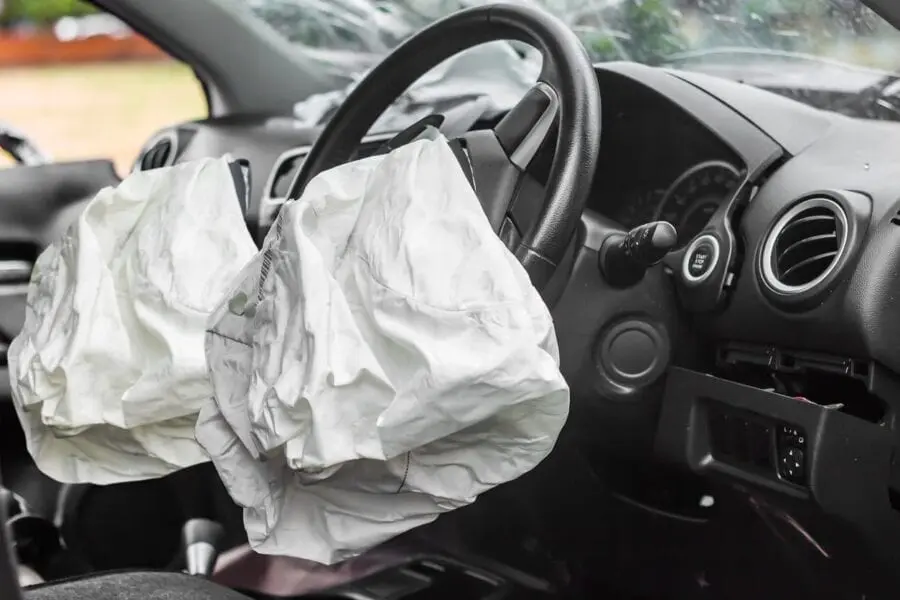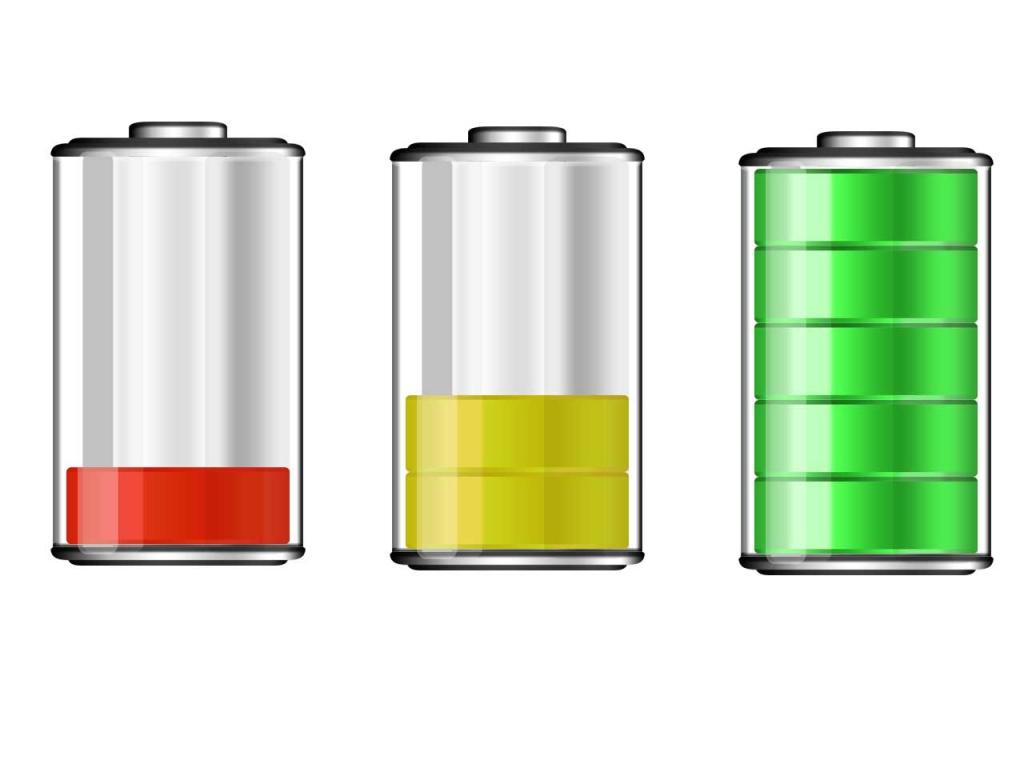
The present and future of passive safety systems
One of the main conditions when driving from a vehicle on the road is to minimize risks in the event of an accident. This is precisely the role of passive safety systems. Now, we will consider what these systems are, which of them are the most common and in what direction the industry is developing in this area.

What are passive safety systems?
Safety in the car depends on active and passive safety systems. The first are those elements, or technical advances, aimed at preventing accidents. For example, improved brakes or headlights.
For their part, passive safety systems are those whose goal is to minimize the consequences after an accident. The most famous examples are a seat belt or airbag, but in fact there are more.
Passive Safety Systems
The seat belt was one of the first passive safety systems to be installed in cars. It was first installed by the Volvo PV544 in the late 50s. Today, a belt is a must-have equipment in any car. Depending on the DGT, the belt is the element that saves the most lives on the road, reducing deaths by 45%.
Another passive safety system is better known as an airbag. This element of the car was patented by Mercedes-Benz in 1971, but only 10 years later, it was installed on the Mercedes-Benz S-Class W126. An airbag is a bag of air that inflates within milliseconds after a crash, preventing a collision with the steering wheel, dashboard or side of the car.
Over time, additional passive safety features were added to the arsenal of automakers. For example, child restraints. These are systems that help support the child and additional seats that are secured to the seat using anchorages (ISOFIX) and relieve the child of the risk of flying forward after an impact.
Last but not least is the headrest. This element is essential to prevent whiplash damage. It is not mandatory, but highly desirable. In most cars, they are installed in the front seats, but there are also models of cars in which they are installed in the rear seats.
Evolution in Passive Safety Systems
Recently, passive safety systems have improved significantly. For example, body structures that absorb shock. Such bodies are designed to reduce damage to pedestrians after an accident.
Another important aspect of the operation of passive safety systems is ECall, which allows you to call rescue clubs immediately after an accident and thereby reduce waiting time. Keep in mind that emergency response times can be critical to saving lives.
In addition, today, many cars are equipped with a special injection system. This breakthrough allows the engine pump and fuel tank to be isolated after an accident, reducing the risk of fire.
In short, passive safety systems are key to minimize risk on the road. And remember that it is crucial to be responsible while driving.
